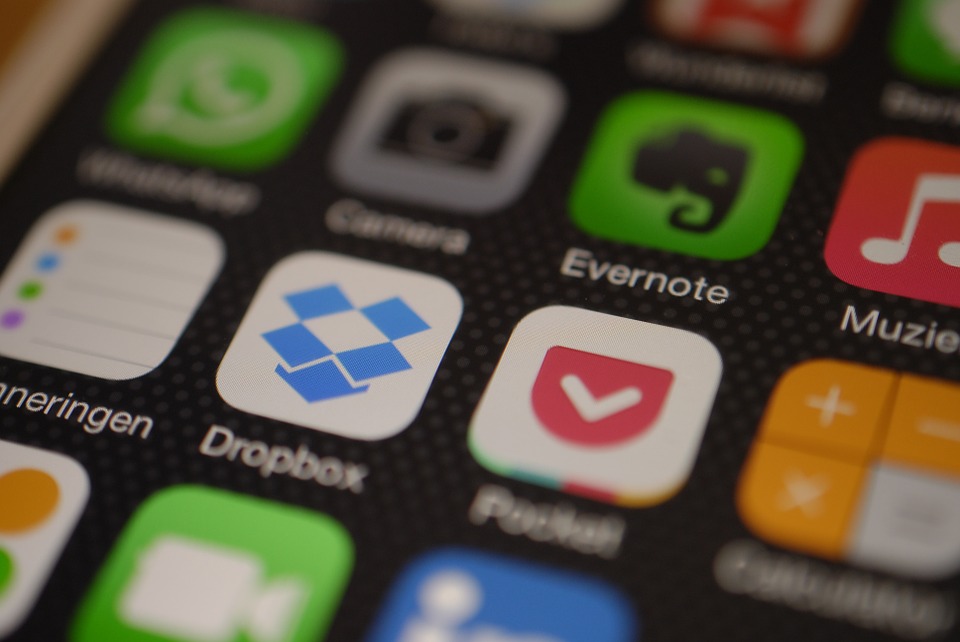
Learning the Differences between Two Uniquely Effective Mobility Solutions
The world of enterprise mobility solutions may seem alien and uninviting. It’s full of concepts and language that is unfamiliar and, frankly, intimidating to newcomers. Unfortunately, this can serve to obscure the benefits that mobility can have for your business. To help businesses better understand those benefits, we strive to break down these concepts and show how they work in the field. Today we’re going to get into the difference between Mobile Device Management (MDM) and Mobile Application Management (MAM). These concepts sound similar, and even share some similar features. However they also differ in several important ways, and should be used in different situations. Here’s what you need to know about MDM versus MAM:
Mobile Device Management
MDM is a holistic approach to managing the mobile devices used by employees. With the proliferation of smartphones and tablets into the workplace, comes a need to manage how those devices are used—and their security. MDM accomplishes this by securing the device on every level. Often, a device management policy includes the mandatory use of complex passcodes. It may also require the implementation of solutions that allow a device to be locked or wiped remotely. An MDM plan might also mean tightly controlling the installation of new apps, updates of current apps, and how the device is used. This also applies to features such as real-time monitoring, usage reports, and inventory tracking.
Mobile Application Management
By comparison, MAM is a much more precise method of managing the usage of mobile devices. In an application-based strategy, you would only control the usage of certain mobile apps and programs,versus the entire device. For example, in MDM, a stolen device would be wiped entirely—deleting personal and corporate information alike—while in MAM, only the sensitive information is wiped (or access to it revoked from the device) because only those apps used for work are secured.
Which One’s Better?
The answer to this question is based on how you plan to implement your device procurement. There are two models for this: company-issued devices, and BYOD. When the company issues the device, that device is expected to be used first and foremost—if not exclusively—for work-related tasks. And because the entire device is a corporate asset, this makes Mobile Device Management the better choice. On the other hand, in a BYOD (Bring Your Own Device) system, the device remains the property and responsibility of the employee. They use it for personal things as well as for work, and taking total device control is unideal. However, the device should still be secured, and this can be done with Mobile Application Management. The key to successful MAM implementation is ensuring that your staff understand the importance of only using the proper apps for anything work-related.
Whether you choose Mobile Device Management or Mobile Application Management, a full-service mobility services vendor can equip you with everything you need.
